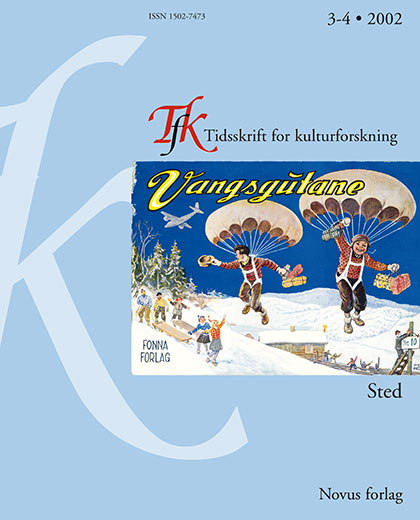Sammendrag
The comic strip Vangsgutane (The Vang Boys) was produced from 1940 to 1978. It has later been reissued. Vangsgutane is based in a Norwegian rural area, namely the small fjord-area of Todal in Nordmøre, but it was intended for a larger group of readers throughout the country. It did indeed become extremely popular, not least during the war, when the comic strip played its part as a common basis for Norwegian identity. It is particularly the older issues from the 1940s and 1950s - that are dealt with in the article. We become acquainted with a typical Norwegian rural area, which here means an area whose characteristics are associated with the Norwegian way of life. We are introduced to fjord and mountain countryside, ice and snow, cold winters and warm summers. It is also a social countryside, marked by extreme class differences between labourers and farmers. We get to know two honourable, good-looking and hardworking boys - aged 10 and 12 - who are faced with enormous challenges, which they solve brilliantly. They are confronted with strong, natural forces, such as wild animals and frightening people. The ideology is male oriented. Women are generally passive and in need of help. The ideology in many respects was also xenophobic, where the little community is threatened by dark-skinned rogues who come from afar, and also by tourists with a different way of life. Part of what makes this comic strip interesting, however, is the authentic picture it portrays of the Norwegian rural community around 1950, with modern phenomena such as the steamship, the car, the bicycle, the grocery store, the bazaar and the football match. In general, the comic series simultaneously elucidates both the typical Norwegian and the conception of the typical Norwegian around the middle of the 1900s. It should also be added that the series is extremely well made, both in text and illustrations, especially the older editions that are described in the article.
Forfattere beholder opphavsretten og gir tidsskriftet rett til første publisering av arbeidet. En Creative Commons-lisens (CC BY-SA 4.0) gir samtidig andre rett til å dele arbeidet med henvisning til arbeidets forfatter og at det først ble publisert i dette tidsskriftet.

